
This article is sponsored and originally appeared on Ascend.io.
The costs of developing and running data pipelines are coming under increasing scrutiny because the bills for infrastructure and data engineering talent are piling up. For data teams, it is time to ask: “How can we have an impact on these runaway costs and still deliver unprecedented business value?” The answer lies in data pipeline optimization.
Like fine-tuning a sports car’s engine, we can boost performance, save resources, and speed up insights in the race for data-driven success. Optimized data pipelines help you cross the finish line faster, using less fuel.
Fortunately, with Ascend, data pipeline optimization doesn’t require esoteric skills or writing lots of custom code. The platform includes a high-performance toolkit with which you can unlock greater value from your chosen infrastructure. Ready to shift gears and speed up your data journey?
Avoid Premature Data Pipeline Optimization
Some users fall into an analysis/paralysis trap. They try to anticipate the behavior of their intelligent pipelines during the design stage — often taking weeks before they start building any of them — and second-guess how they will perform. This approach made sense with legacy pipelines, which are brittle the moment you deploy them and can’t be touched because of the long interruptions.
As a result, we recommend a rapid iteration approach: get your pipelines up and delivering business value, then diagnose where tuning to reduce costs makes sense.
To understand how Ascend automation is a game-changer in this area, making intervention and tuning a breeze, we recommend you read this article on intelligent data pipelines.
Pinpoint Cost Hotspots
A uniquely useful tool in the platform is the collection of usage reports. These reports include detailed Ascend compute usage data, data plane compute usage data, and lineage visualizations. They pinpoint exactly when and where compute resources are being used, and which part of the data pipelines use the most resources. Armed with these diagnostics, a variety of capabilities let you target and mitigate the hotspots you find. In our March 20 update we described improvements in this area, including a new sunburst visualization.
See example screenshots of these reports below.
Scheduling Data Ingestion
Most source systems for your data have an inherent update cycle. Some produce change log data for every new record, others produce file drops into a cloud bucket every 15 minutes, and others run batch exports nightly. On the other hand, the downstream consumers of your data products have their own timing requirements.
By adjusting the specific periodicity of when data is ingested from each of your data sources, you can control how frequently your intelligent pipelines run. Combined with a thoughtful partitioning approach, this allows you to manage how large the workloads will be while still meeting your downstream users’ timing requirements.
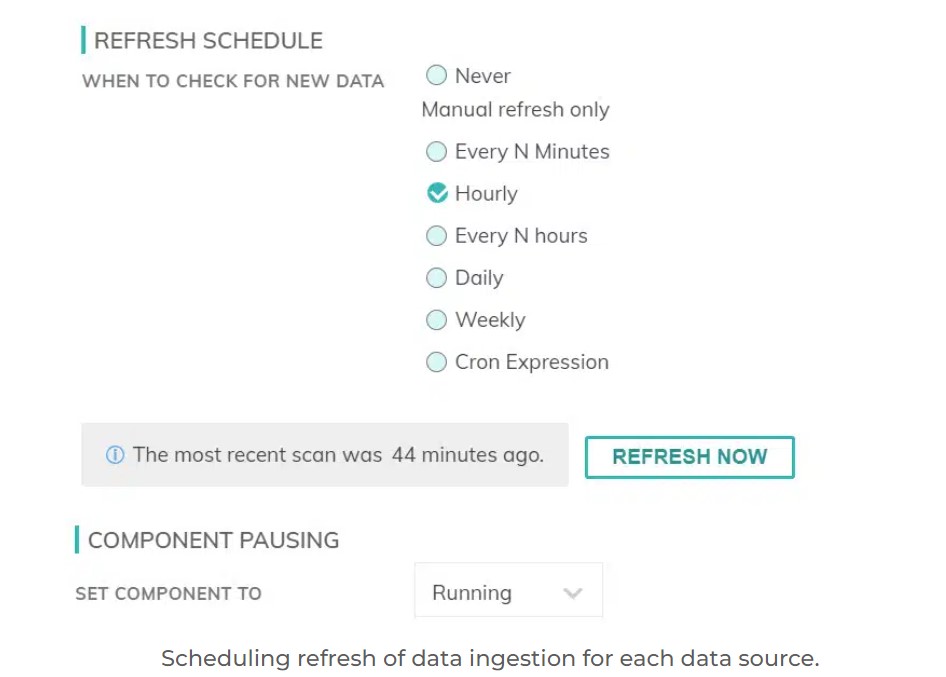
Partitioning Data
Data partitioning is one of the more powerful levers to tune your intelligent data pipelines. By choosing the right strategies in the right places in the pipelines, you can tune the Ascend platform to:
- Distribute processing across multiple servers or nodes in parallel
- Shrink the size of individual data subsets to be processed
- Better leverage bulk merge operations in the underlying data planes.
Ascend will automatically default to the cheapest partitioning option at any step of the pipeline, but an engineer can change this in order to set up partitions that will reduce costs downstream. For example, by selecting the aggregation strategy at any of the ingestion steps, you control how new records are integrated into existing partitions. Similarly, you can choose a (re-)partitioning strategy at any transform.
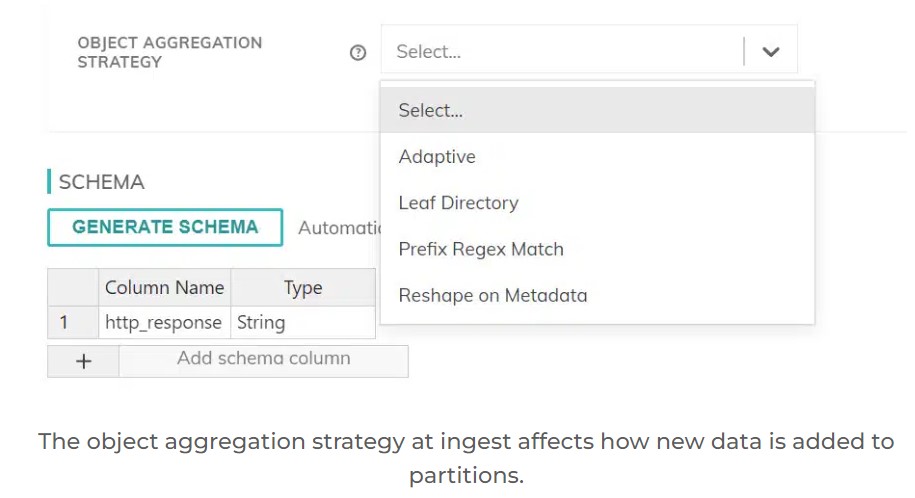
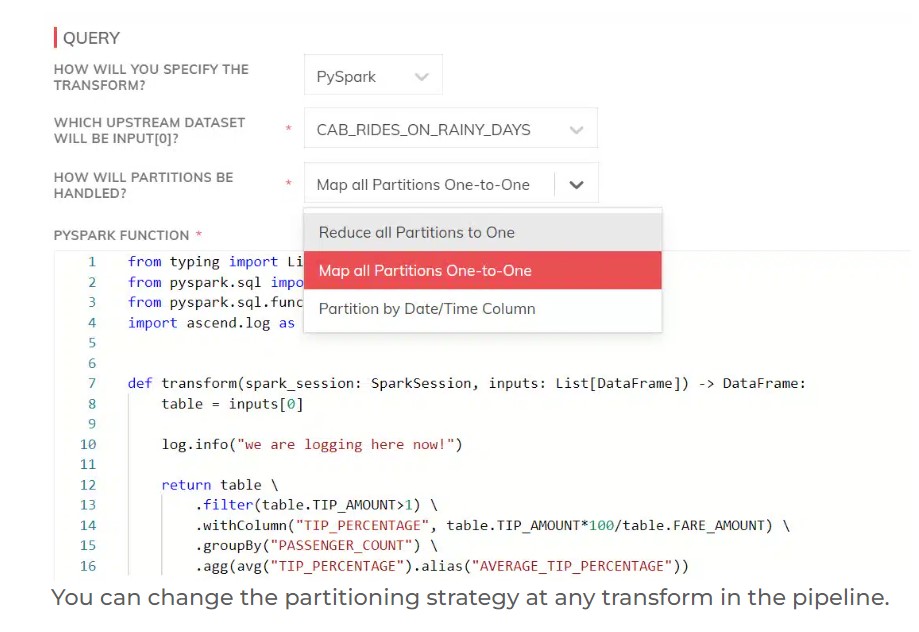
Refactoring Costly Transformation Steps
Snowflake, BigQuery, and even Databricks and Spark inherently contain powerful query optimizers that seek to reduce the costs of any single SQL-based transform operation. However, users of PySpark and Databricks Python have far greater control over their data-frames and how they instruct these engines to process data.
Since engineers can distribute transformations in intelligent data pipelines across multiple data planes, the sequence and structure of the transformation steps can significantly impact data pipeline optimization and performance. The flexibility and ease of measuring and intervening in pipelines on Ascend make these areas fertile ground for refactoring and tuning with minimal interruption. Check out the technical sessions of this month’s Data Pipeline Automation Summit for relevant deep dives.
Choosing Data Planes
Each data plane (BigQuery, Databricks, and Snowflake) has its distinct cost and performance profiles for different types of workloads. Intelligent data pipelines close the seams between these systems and enable end-to-end pipelines to span the different strengths without losing lineage, continuity, observability, and all the other benefits of data pipeline automation. You can consider each data plane on its own merits for each part of their pipeline network, and stitch them together on Ascend with a few mouse clicks. You can even do A/B testing and mix and match based on empirical cost data!
Reduce Interim Pipeline Staging
Less obvious excess costs are incurred in staging data for ingestion at one end and delivery at the other of legacy data pipelines. Intelligent data pipelines make this superfluous:
- At ingestion, the read connectors synch up directly to any imaginable source system directly, and the first landing zone for that data is already located in the data plane of choice, no staging needed.
- At delivery, intelligent data pipelines can be sequenced directly on the platform without any additional staging required, and write connectors easily write the data out directly to any other system and keep that data destination automatically in synch.
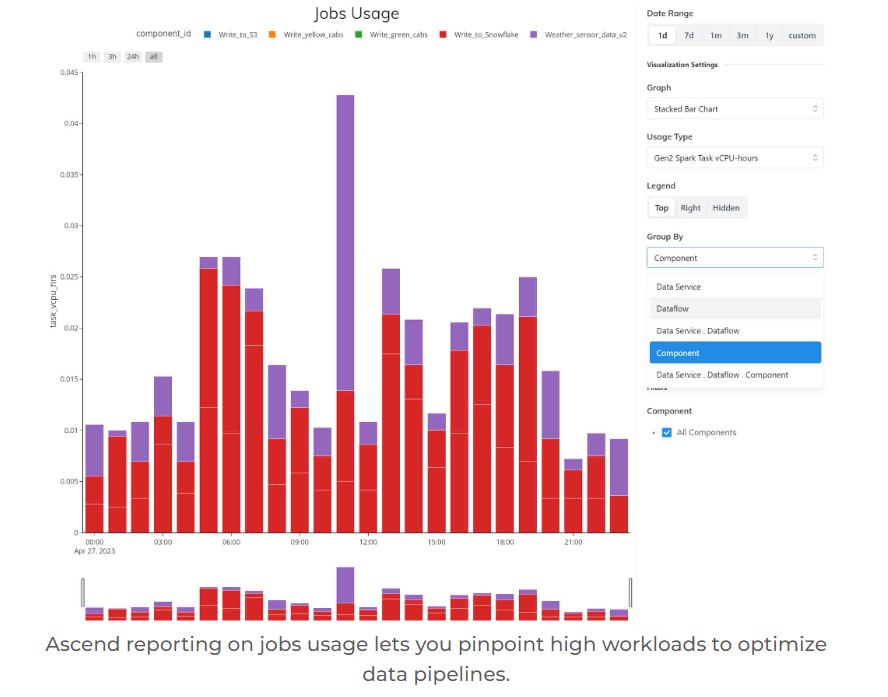
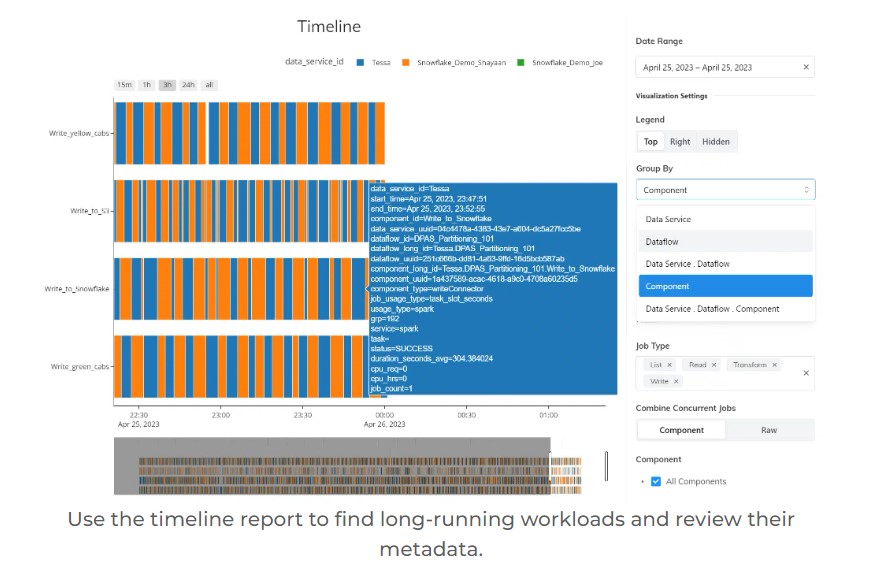
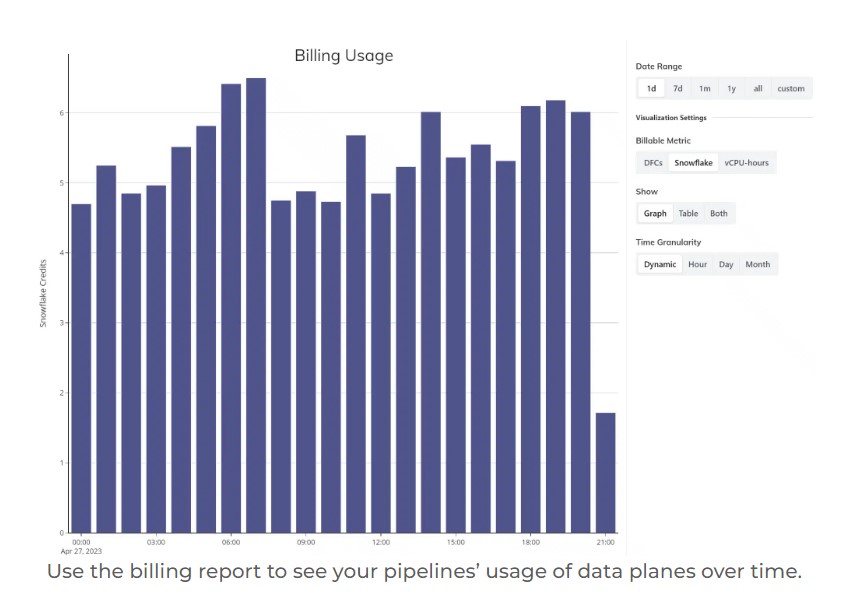
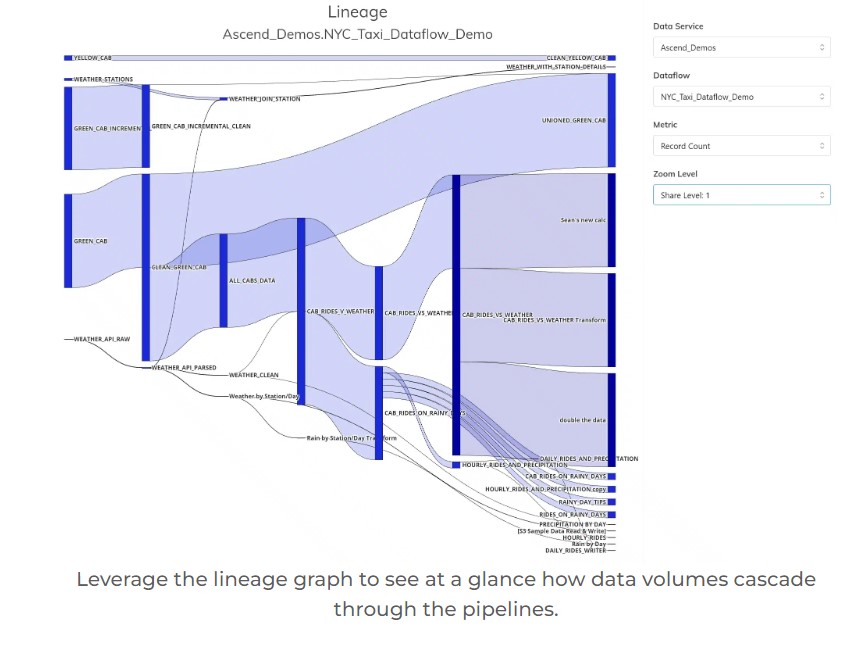
Additional Reading and Resources
- Harry’s Accelerates Global Marketing Analytics with Intelligent Data Pipelines (Case Study)
- The Post-Modern Data Stack: Boosting Productivity and Value
- 6 Top Data Engineering Predictions for 2023
Michael Leppitsch is Head of Data Strategies and Alliances at Ascend.io.






